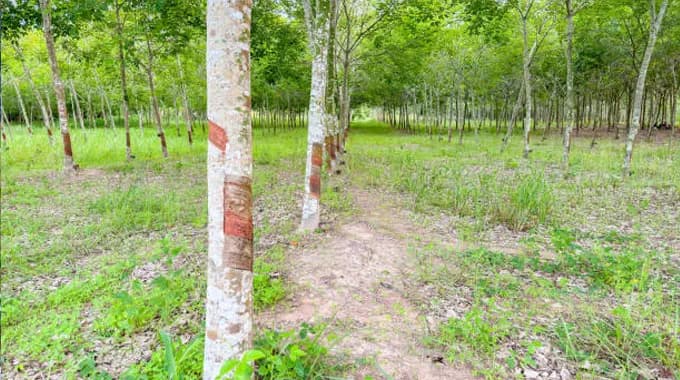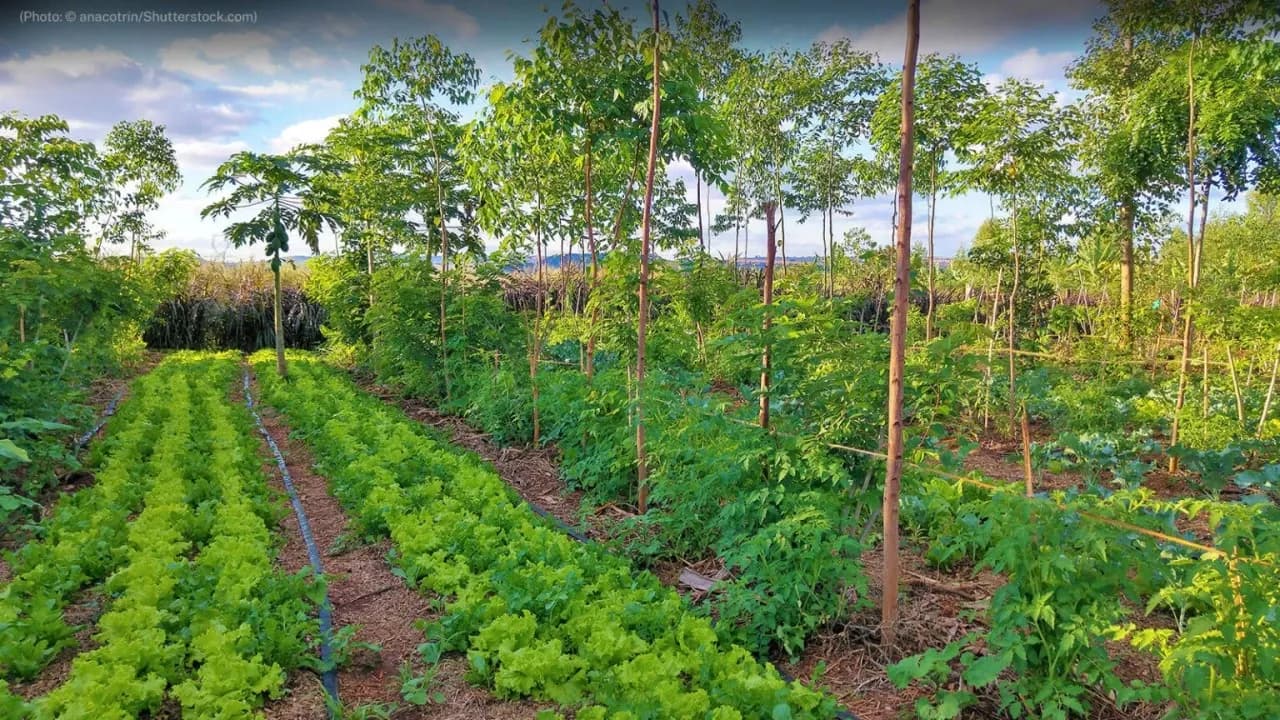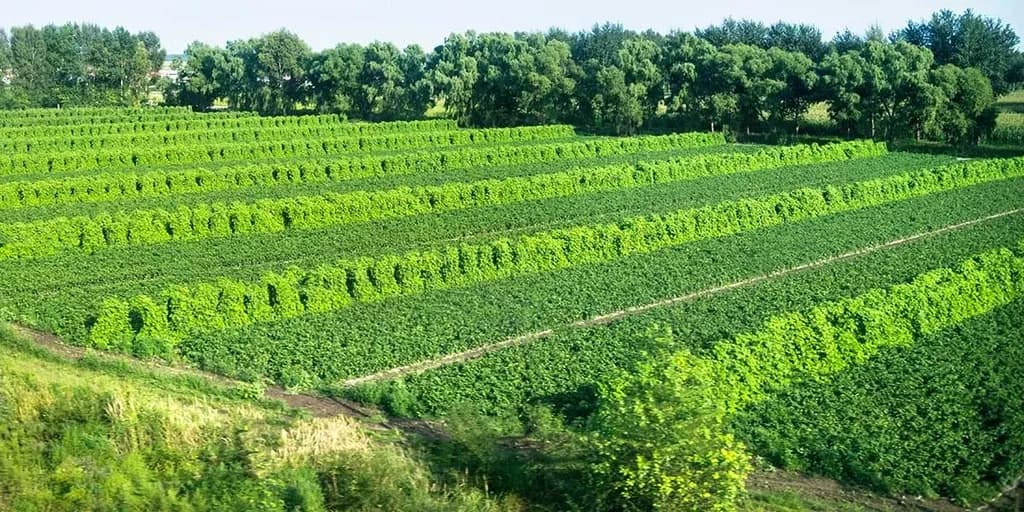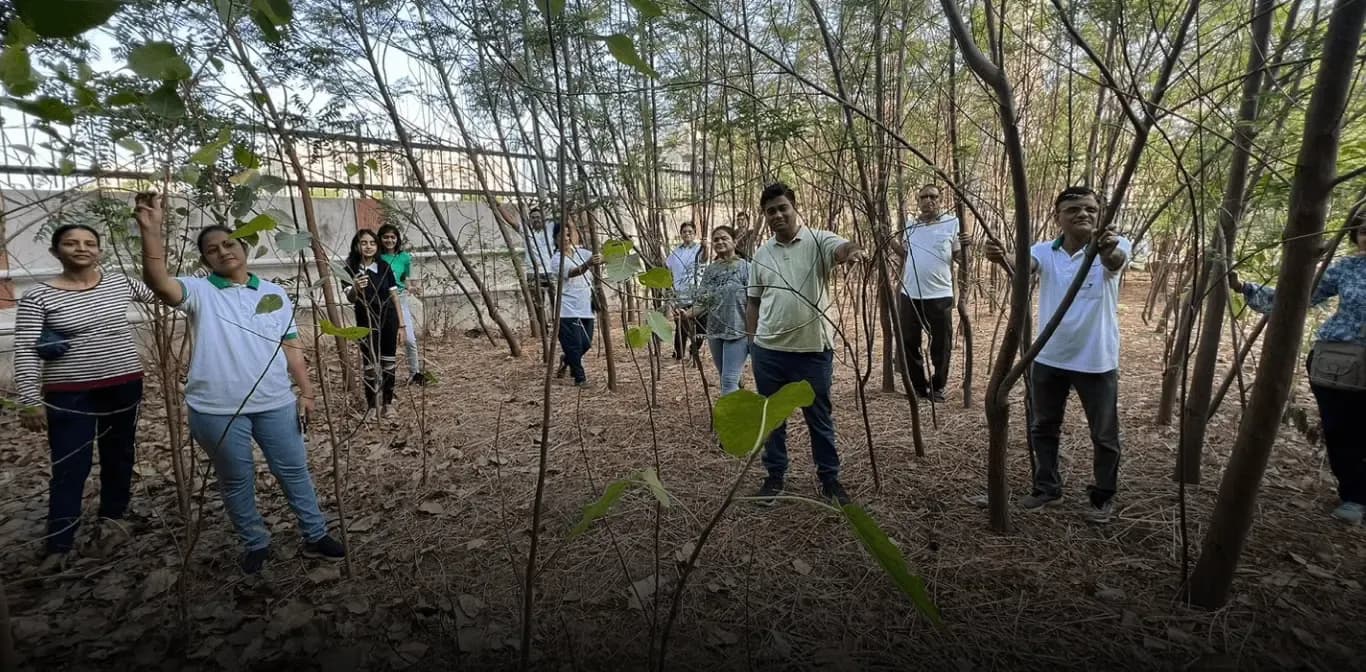Introduction
India has a long history of environmental conservation, deeply rooted in its cultural, spiritual, and scientific traditions. Long before climate change became a crisis, ancient Indian societies practiced sustainable afforestation. They established sacred groves, implemented community-led forest management, and integrated trees into agriculture through agroforestry.
These traditional practices helped maintain biodiversity, prevent soil erosion, and regulate water cycles. Today, as deforestation and environmental degradation accelerate, revisiting these ancient techniques can offer valuable insights. Understanding how past civilizations managed forests can guide modern afforestation strategies, ensuring a balance between development and ecological sustainability.

This article explores India’s ancient afforestation methods and how they can be adapted to address contemporary environmental challenges.
Sacred Groves: Natural Reserves of the Past
Sacred groves, or Tapovana, are forest patches protected by local communities due to their religious and cultural significance. These groves, found across India, have been preserved for centuries, maintaining biodiversity and acting as living examples of sustainable forest management.
Studies show that sacred groves are home to a variety of endemic species, many of which have disappeared from other parts of the country. In Meghalaya, the Khasi tribes have protected their Law Kyntangs for generations, ensuring that these forests remain untouched. In Tamil Nadu and Kerala, sacred groves known as Kavus house rare medicinal plants, birds, and reptiles.
Why It Matters Today:
- Sacred groves act as biodiversity hotspots, preserving plant and animal species.
- They help in climate regulation by maintaining tree cover and reducing local temperatures.
- They provide a model for community-led conservation efforts.
https://www.youtube.com/watch?v=obHsBGe9nbw https://www.youtube.com/watch?v=oAptIaYIgU8
Actionable Steps:
- Identify and map existing sacred groves to ensure protection under conservation laws.
- Implement legal safeguards to prevent encroachment and deforestation.
- Launch community-led restoration projects for degraded sacred groves.
Read more about sacred groves and their significance
State-Led Afforestation: Lessons from Emperor Ashoka
Emperor Ashoka (268–232 BCE) was one of the earliest rulers to implement afforestation and conservation policies. His edicts mention large-scale tree planting, establishment of medicinal herb gardens, and bans on unnecessary deforestation. Ashoka’s initiatives included planting banyan and mango trees along roadsides to provide shade and food. He also introduced wildlife protection laws, ensuring that forests remained sustainable. His governance demonstrated that afforestation could be effectively managed at a state level.
Why It Matters Today:
- Government policies play a crucial role in large-scale afforestation projects.
- State-backed tree planting initiatives can significantly increase green cover in urban and rural areas.
- Afforestation policies should be integrated with infrastructure projects, as Ashoka did with roadside tree planting.
Actionable Steps:
- Mandate tree planting in all government infrastructure projects, including highways and railways.
- Introduce afforestation programs modeled on Ashoka’s policies in modern governance.
- Establish government-supported medicinal plant gardens in cities and rural areas.
Read about Ashoka’s afforestation policies
Agroforestry: Blending Trees with Agriculture

Ancient Indian farmers practiced agroforestry, where trees were integrated with crops and livestock farming. This method enhanced soil fertility, reduced erosion, and ensured sustainable land use. The presence of trees on farmlands helped retain moisture and provided natural fertilizers through leaf litter. In Karnataka, traditional areca nut plantations have been maintained using agroforestry techniques. Trees like neem (Azadirachta indica) and peepal (Ficus religiosa) were commonly intercropped with grains and spices, benefiting both the land and farmers.
Why It Matters Today:
- Agroforestry prevents soil degradation and enhances agricultural productivity.
- It reduces the dependency on chemical fertilizers and pesticides.
- It improves resilience to climate change by conserving water and protecting crops from extreme weather.
Actionable Steps:
- Provide incentives and training programs for farmers to adopt agroforestry.
- Develop policies that integrate agroforestry into modern agricultural practices.
- Promote native tree species that complement local crop systems.
https://www.youtube.com/watch?v=dO3xY9uOvj8
Forests and Water Conservation
Ancient Indian civilizations understood the connection between forests and water conservation. Trees around rivers and lakes prevented soil erosion, improved groundwater recharge, and maintained the water cycle. In Rajasthan, traditional stepwells baolis were often surrounded by tree cover to prevent evaporation and ensure long-term water availability.
Why It Matters Today:
- Tree cover near water bodies helps prevent desertification and water depletion.
- Reforestation can revive dried-up rivers and lakes.
- Integrating afforestation with water conservation policies can improve water security.
Actionable Steps:
- Mandate afforestation around lakes, rivers, and reservoirs to maintain ecological balance.
- Revive traditional water-harvesting structures like stepwells, incorporating tree planting in their restoration.
- Encourage urban planners to integrate forests into water management strategies.
https://www.youtube.com/watch?v=1Tu9Tp1tgM8
Reviving Traditional Knowledge for Conservation

Ancient Indian texts, including the Arthashastra and the Rigveda, document environmental conservation strategies. The Arthashastra describes forest classifications, roles of forest officers, and fines for illegal deforestation. The Vedas highlight the importance of trees for maintaining ecological balance.
Why It Matters Today:
- Traditional knowledge systems can complement modern environmental science.
- Reviving these principles can help in biodiversity conservation and sustainable land use.
- Historical practices provide cultural motivation for conservation efforts.
Actionable Steps:
- Integrate traditional conservation knowledge into school and university curricula.
- Encourage scientific research on ancient afforestation techniques.
- Promote awareness programs linking cultural heritage with conservation.
Read about India’s ancient conservation texts
Applying Ancient Wisdom to Modern Challenges
Key Takeaways:
- Sacred groves demonstrate the power of community-led conservation.
- Government-backed afforestation policies, inspired by Ashoka, can drive large-scale tree planting efforts.
- Agroforestry integrates trees with agriculture, improving soil health and climate resilience.
- Afforestation should be part of water conservation strategies to prevent land degradation.
- Traditional environmental knowledge can complement modern science in conservation efforts.
Call to Action:
- Support afforestation projects that align with India’s ancient practices.
- Advocate for policies that integrate traditional conservation methods with modern environmental strategies.
- Participate in local afforestation initiatives to restore native ecosystems.
Explore India’s environmental policies and initiatives
References and Further Reading
- Asian Agricultural History Foundation - Ancient Forest Practices
- India Water Portal - Water and Forests in Ancient India
- Wiley Online Library - Ashoka’s Conservation Policies
- Down to Earth - Sacred Groves and Biodiversity
India’s ancient afforestation practices hold valuable lessons for modern conservation. By integrating these time-tested methods with contemporary environmental strategies, we can create a more sustainable future.
